Every zodiac season gets a mascot in our imagination, but few are as fiercely debated as Cancer’s. The sign is associated with feeling deeply, caring protectively, and sensing the currents under the surface – so which ocean neighbor truly matches that profile? Biologists rarely speak the word emotion without caveats, yet new observations and long-term studies are reshaping how we talk about empathy, culture, and care beneath the waves. Between haunting songs, devoted mothers, and unexpected rescue missions, one contender rises again and again: the humpback whale. The story of how scientists arrived at that answer is as winding as a migration route – and just as revealing.
The Hidden Clues
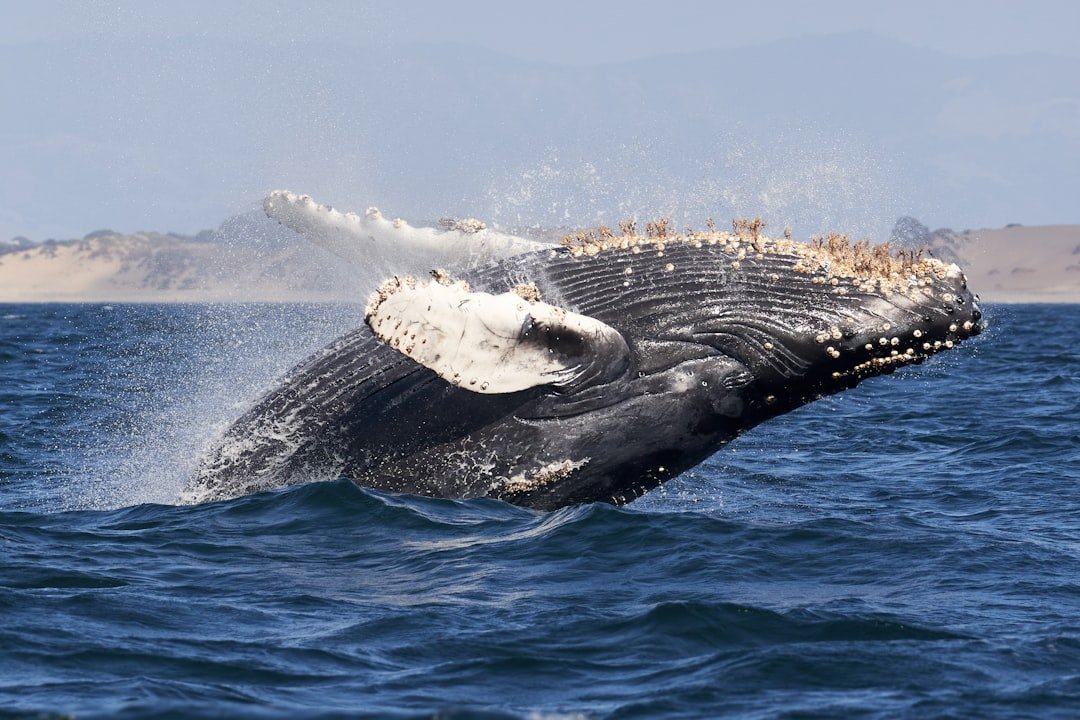
Picture a forty-ton vocalist shifting from lullaby to rallying chant in a heartbeat – now imagine the song rippling across entire ocean basins. Humpback whales craft complex, evolving songs, and males in one region can adopt a brand-new arrangement that spreads across thousands of miles in a single season. To many researchers, that looks like culture: learned, shared behavior that changes over time. Culture matters here because it hints at rich social lives where feelings likely play a role in decisions, not just reflexes. When a behavior is learned and shared, it suggests room for choice, context, and memory – traits that align with our sense of emotional nuance.
I remember the first time I heard a hydrophone playback: the sound was so layered that it felt less like a melody and more like a living architecture. Scientists decode these layers as phrases and themes that morph year to year, a bit like how new verses sweep through popular music scenes. If you’re hunting for an ocean analog to Cancer’s shifting yet sincere mood, this ability to evolve a shared song is a powerful signpost. It’s not proof of emotion on its own, but it’s a map of a mind tuned to social connection. That is where the trail to “emotional depth” begins.
From Ancient Symbols to Modern Science
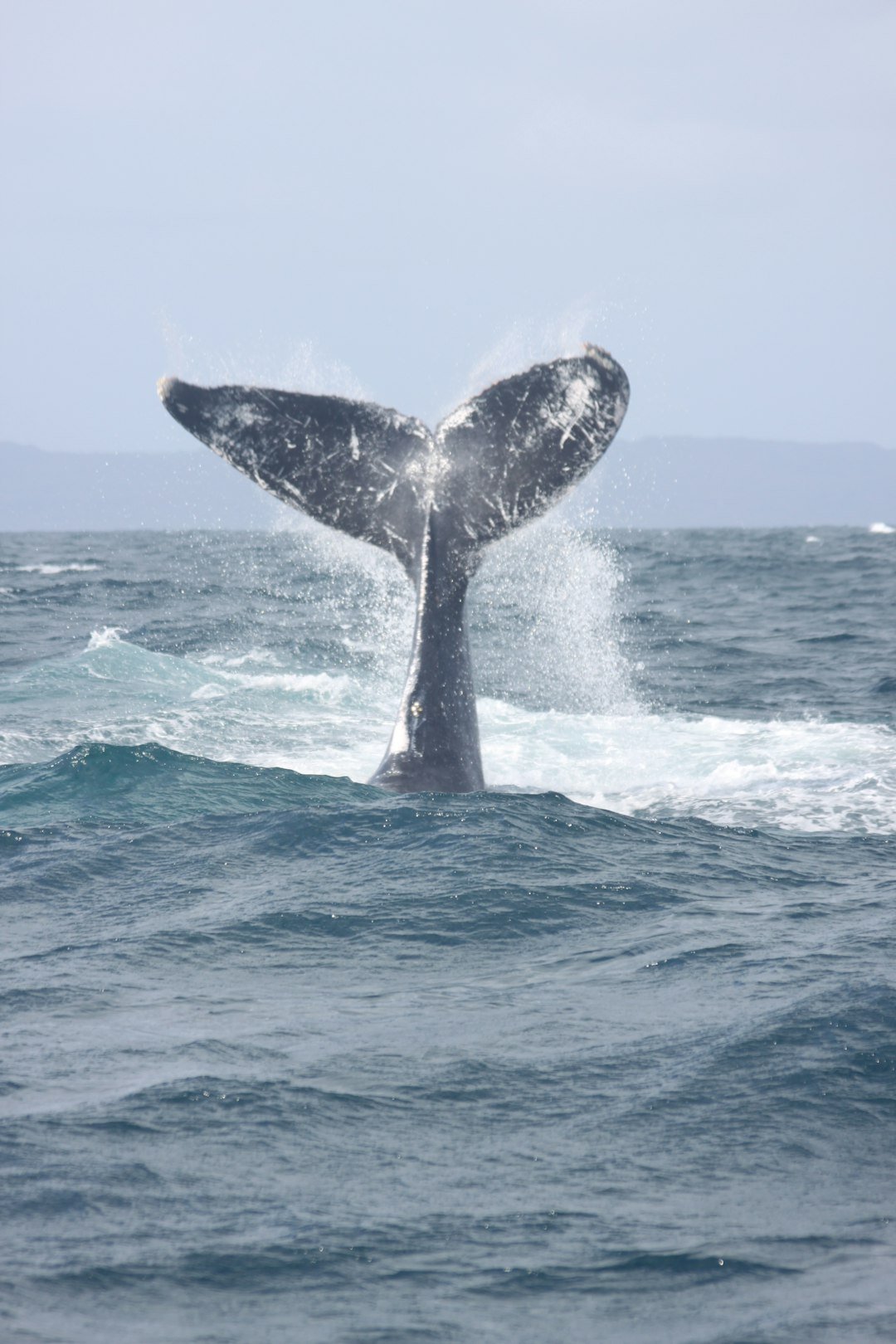
Humans have projected feelings onto animals for millennia, from mythic sirens to protective sea mothers, but modern fieldwork forces a quieter, stricter language. Long-term photo-identification catalogs track individual humpbacks by the unique patterns on their tail flukes, letting researchers watch lives unfold over decades. Mothers return to warm breeding grounds and feed their calves with rich milk, then guide them back to colder, food-packed waters on journeys that span entire oceans. These are not vague impressions; they are charted routes, repeated decisions, and measurable investments of time and energy. The science moves us from legends to life histories.
Comparisons add clarity. Octopuses amaze us with problem-solving and camouflage, yet most species live short, solitary lives that don’t center on enduring social bonds. Dolphins exhibit sophisticated play, tool use, and cooperation, and they remain in the emotional shortlist as well. Still, the humpback’s combination of cultural song, maternal devotion, and protective interventions makes a uniquely compelling composite. It’s the blend – mother, artist, and sometimes bodyguard – that brings the profile into sharp focus.
The Sound of Feeling
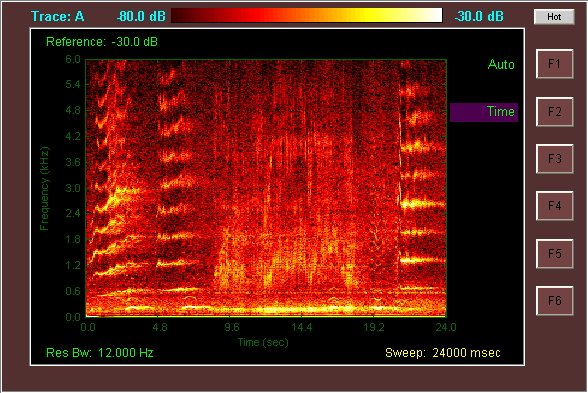
Humpback songs aren’t just long; they’re structured in repeating units that can last for minutes and expand into full performances stretching close to an hour. These performances shift over seasons, with entirely new motifs replacing old ones in a sweeping, population-wide turnover. To biologists, that looks less like a fixed instinct and more like a shared art form that updates by consensus. The fact that similar song versions can leap across distant populations suggests social learning on a grand scale. It’s akin to a transoceanic choir rewriting its score together.
Emotions are hard to measure directly, so scientists look for proxies tied to brain architecture, social plasticity, and behavior under stress. Humpbacks respond to noise with changes in calling rates and sometimes move away from loud engines, a reminder that sound is their lifeline. Quieter seas often mean richer conversations – courtship, coordination, and probably the animal equivalent of reassurance. If Cancer is the sign that hears the room before it speaks, humpbacks are the species that hears the ocean before it moves. In their world, listening is survival and connection at once.
Deep Bonds and Family
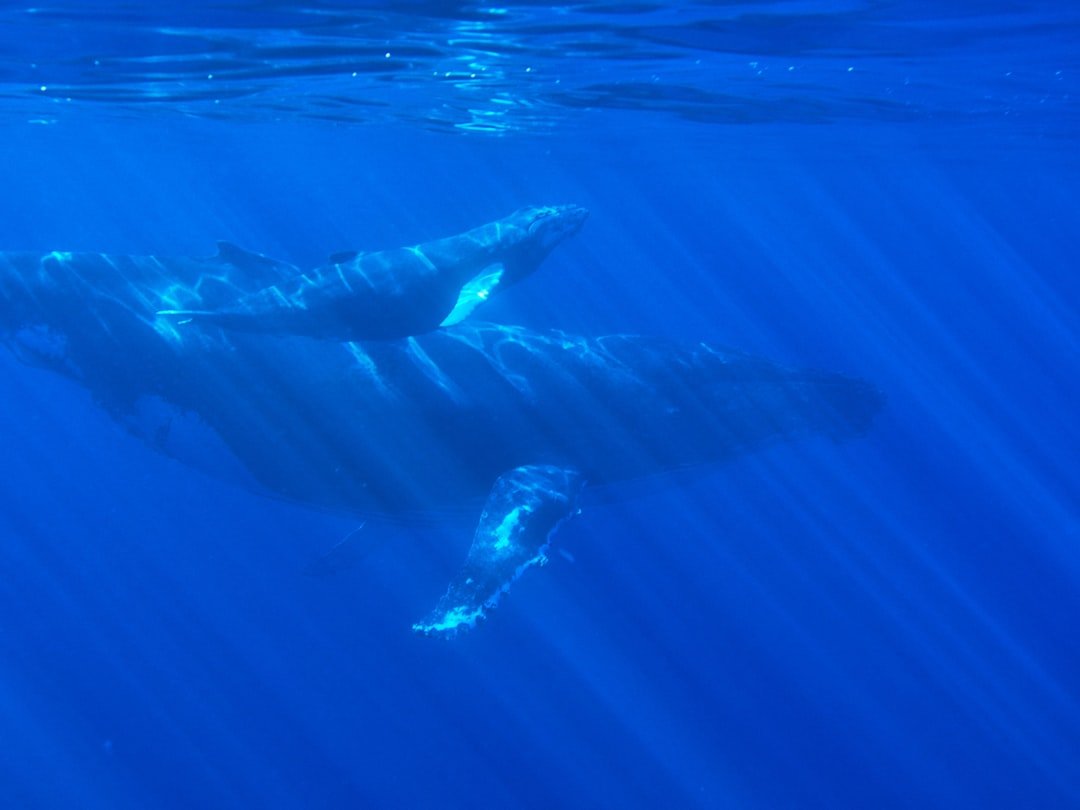
Few images are as telling as a mother humpback guiding a calf through the surf, keeping herself between the youngster and potential threats. Calves nurse for months and learn migration corridors that their mothers have traveled for years. On feeding grounds, the choreography of cooperative bubble-net feeding shows coordination that hinges on trust – each whale plays a role, and the group succeeds or fails together. Even outside that teamwork, long-distance migrations to the same breeding areas hint at a memory of place that feels almost like a story passed down. The through line is attachment, not merely proximity.
Protective behavior goes beyond kin. Humpbacks have repeatedly approached attacks by killer whales on other species, sometimes placing themselves between predator and victim. The ultimate reasons are debated, but the pattern is striking: individuals abandon their own tasks to intervene, often at considerable effort. In the human world, that reads as compassion; in animal science, it’s logged as interspecific protective response. Labels aside, it’s hard not to see the heart of a guardian in those moments – an echo of Cancer’s shield.
Global Perspectives
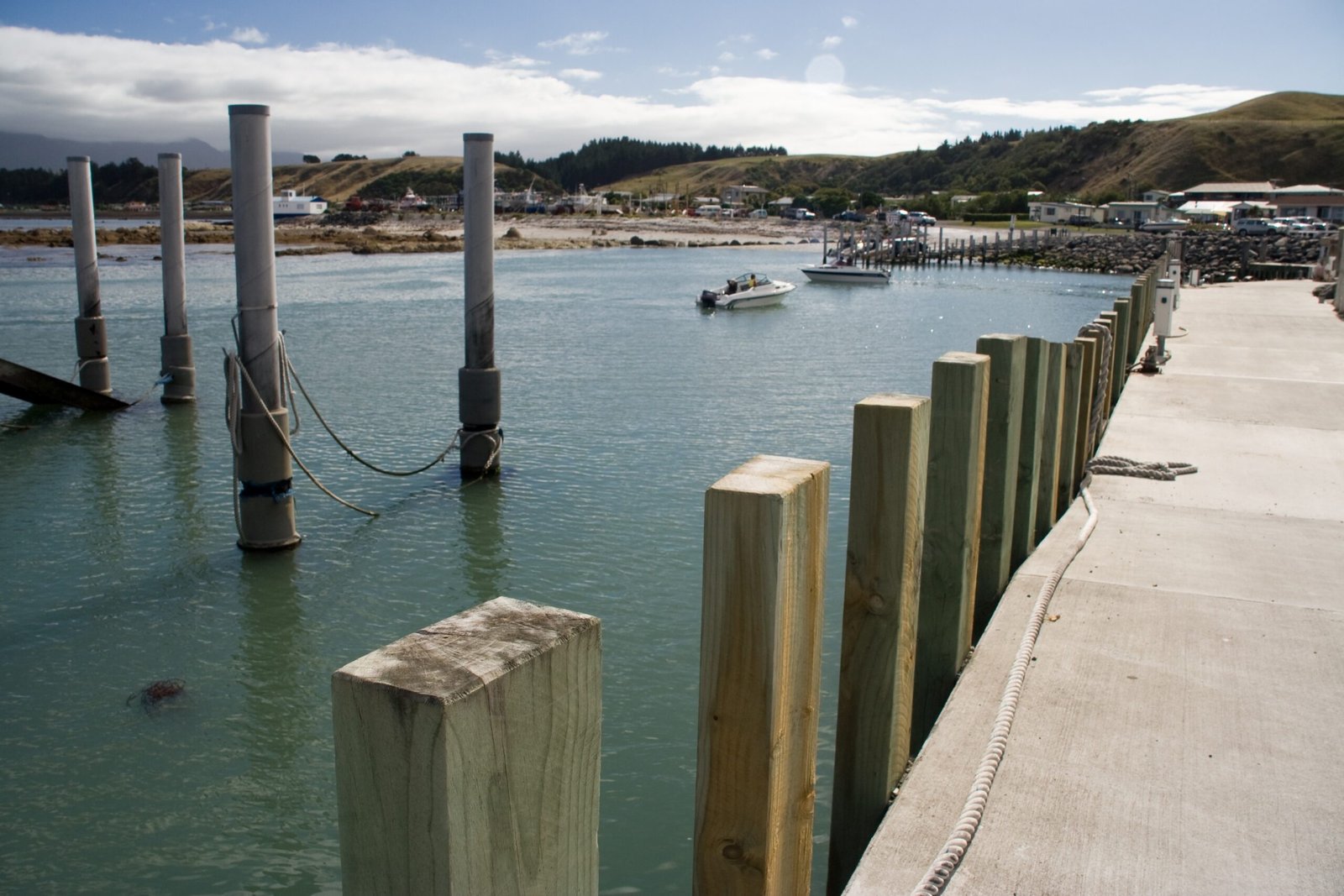
Humpbacks are not just symbols; they anchor economies and cultures from the South Pacific to the North Atlantic. Coastal communities build seasons around their return, and responsible whale-watching brings livelihoods that depend on keeping the animals safe and the waters healthy. Indigenous knowledge, layered over generations, maps migration timings and feeding places long before satellite tags confirmed them. As ocean temperatures shift and prey distributions wobble, those calendars are starting to blur, challenging both science and tradition. Emotional depth meets climate reality in the ledger of food, distance, and time.
Around shipping lanes, the stakes are practical: quieter propellers and slower speeds can reduce noise exposure and blunt the risk of ship strikes. Entanglement in fishing gear remains a chronic hazard, drawing on-the-water rescue teams into delicate, dangerous work. Each knot cut free is a small victory in a larger battle over how we share the ocean. For many communities, the humpback is not an abstraction but a neighbor whose survival is intertwined with local choices. In that sense, Cancer’s theme of home becomes literal coastline policy.
Why It Matters
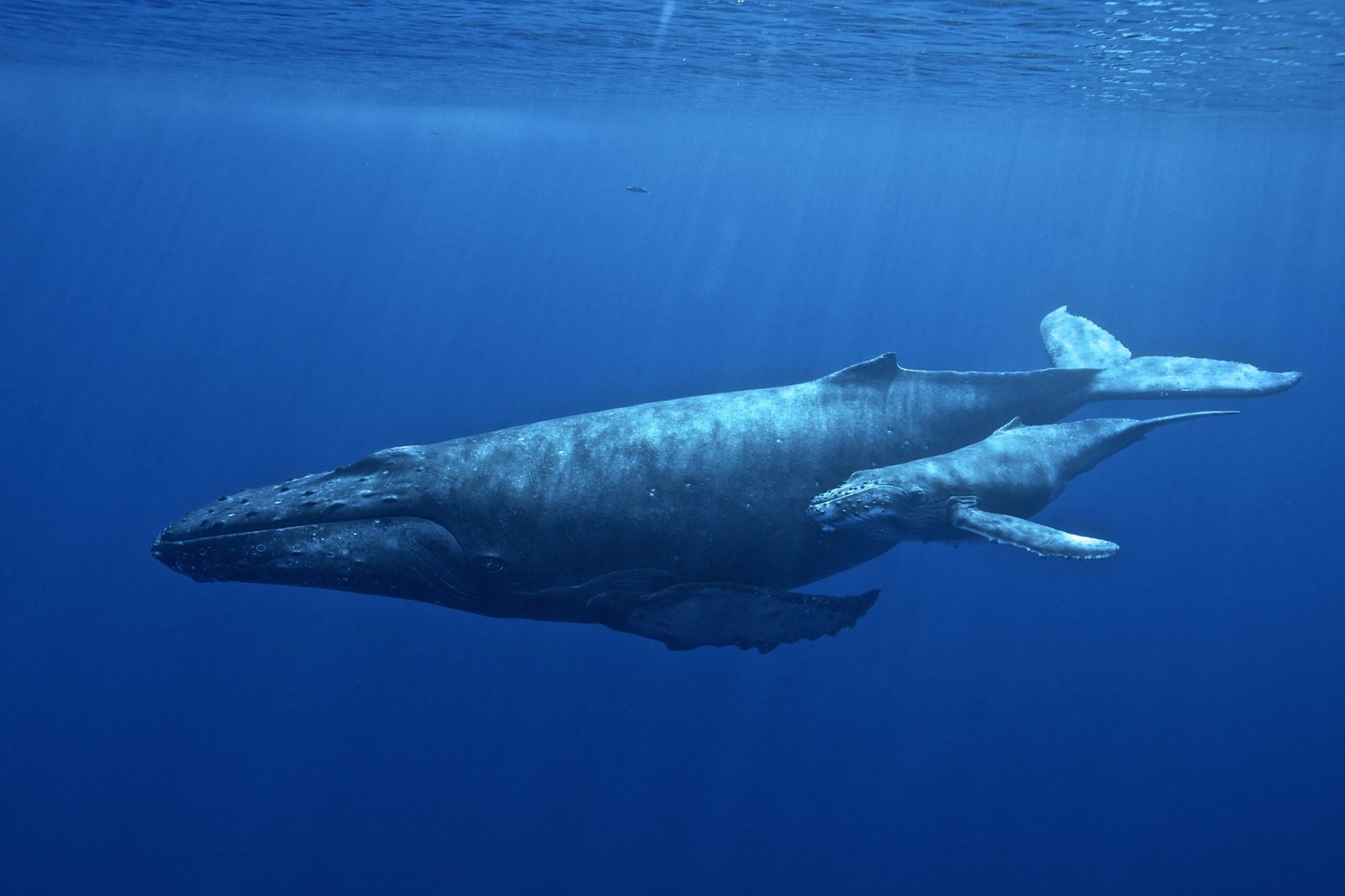
Understanding animal emotion used to be a taboo idea, dismissed as unscientific anthropomorphism, but the field is moving. Researchers now ask testable questions about social learning, attachment, and stress responses, comparing across species to avoid easy narratives. Traditional methods focused on counting animals and mapping ranges; the new wave adds behavior, network structure, and acoustic culture to the toolkit. That shift is not soft science – it’s more data, better controls, and the humility to separate what feels true from what can be measured. The payoff is clearer conservation goals grounded in how whales actually live.
There’s also a public dimension. People protect what they connect with, and stories grounded in evidence can build that bridge without tipping into fantasy. When we say humpbacks mirror Cancer’s emotional depth, we’re really pointing to a suite of traits – nurturing, protectiveness, social learning – that are visible and trackable. Compared with older, species-blind management, this lens prioritizes migration corridors, quiet habitats, and safe nursery waters. It’s the difference between guarding an outline and safeguarding a life story.
The Future Landscape
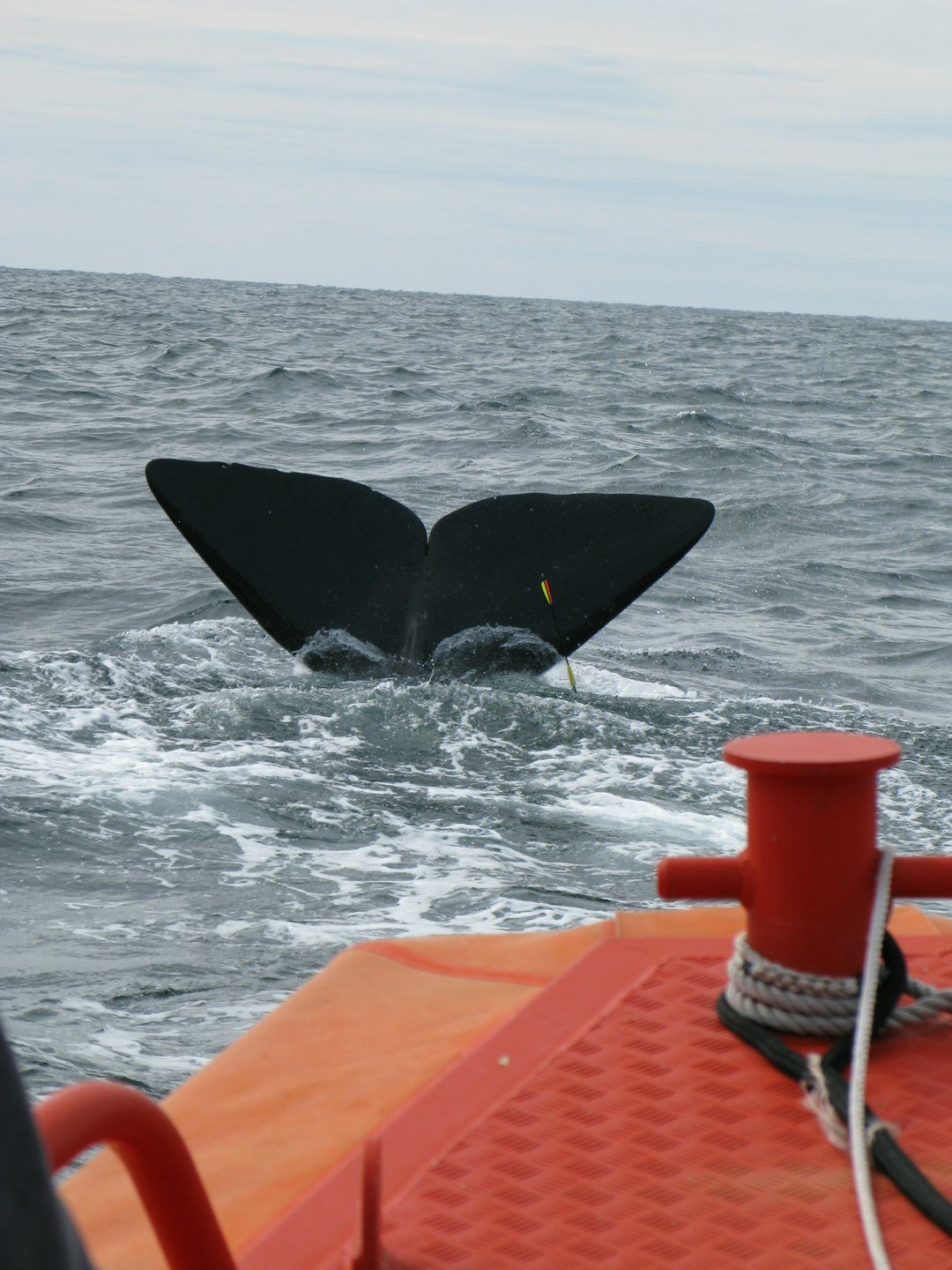
New tools are sharpening the picture at breathtaking speed. Drones capture gentle surface behavior without crowding animals, while non-invasive tags log dives, calls, and feeding events second by second. Machine learning sift through terabytes of underwater audio, spotting patterns in song shifts and stress calls that human ears miss. Satellite and oceanographic models now forecast where prey will bloom, predicting where whales will go and when they’ll need protection most. The result is management that can move as dynamically as the animals themselves.
Challenges will test that progress. More ships on more routes raise both noise and collision risks, and warming seas can shuffle the buffet table of krill and small fish that humpbacks depend on. International coordination is hard, especially when migration spans borders and jurisdictions with competing priorities. Still, a future where ports adopt quieter tech, fisheries trim entanglement hazards, and protected corridors adapt in real time is within reach. If we can make the ocean a kinder place to listen, humpbacks will do the rest.
Conclusion
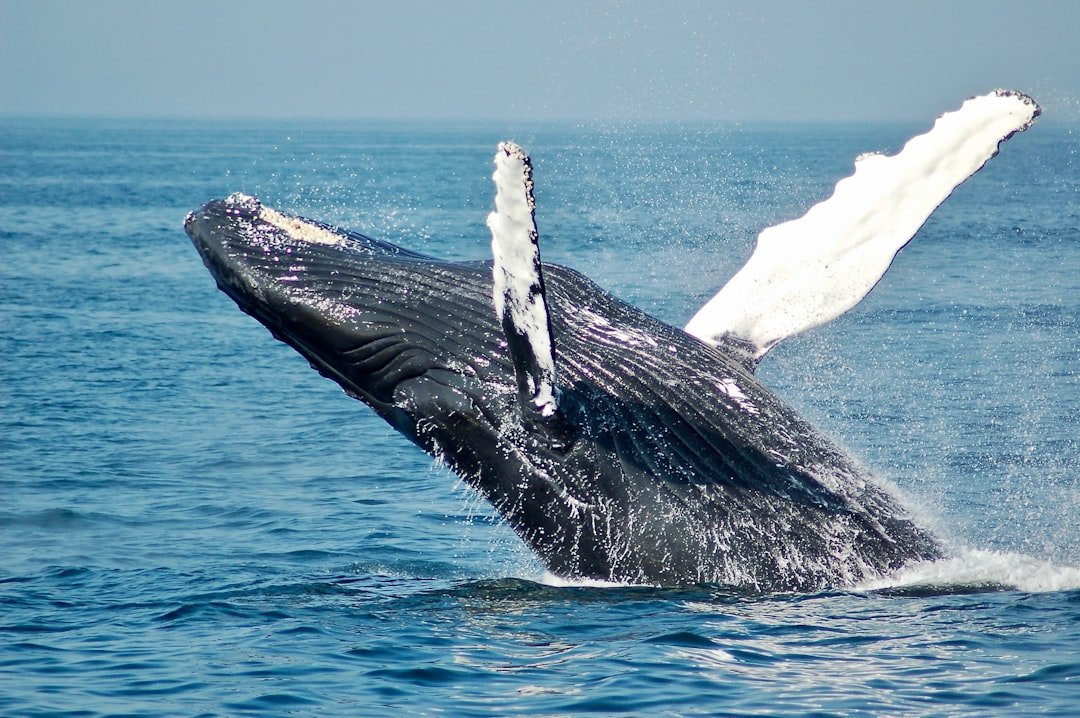
Start local and tangible. Support policies that set vessel slow-down zones in whale hot spots, and back community programs that help fishers switch to gear designed to reduce entanglement. When you book whale-watching, choose operators who keep distance, cut speed near animals, and eschew chase tactics. Reduce your personal ocean noise footprint in small ways too – favor ferries and freight services that advertise quiet-ship upgrades when you have the choice. Donations matter as well, especially to stranding response groups and research teams maintaining long-term photo-ID catalogs.
Curiosity counts. Learn to read a fluke photo, follow migration updates, and share the science rather than the myth. When friends reach for astrological metaphors, point them to the real behaviors that inspired this comparison in the first place. Humpbacks aren’t just a vibe; they’re living systems of care, memory, and song that we can measure and defend. If Cancer stands for feeling deeply and protecting fiercely, then helping humpbacks is the most on-brand thing we can do.

Suhail Ahmed is a passionate digital professional and nature enthusiast with over 8 years of experience in content strategy, SEO, web development, and digital operations. Alongside his freelance journey, Suhail actively contributes to nature and wildlife platforms like Discover Wildlife, where he channels his curiosity for the planet into engaging, educational storytelling.
With a strong background in managing digital ecosystems — from ecommerce stores and WordPress websites to social media and automation — Suhail merges technical precision with creative insight. His content reflects a rare balance: SEO-friendly yet deeply human, data-informed yet emotionally resonant.
Driven by a love for discovery and storytelling, Suhail believes in using digital platforms to amplify causes that matter — especially those protecting Earth’s biodiversity and inspiring sustainable living. Whether he’s managing online projects or crafting wildlife content, his goal remains the same: to inform, inspire, and leave a positive digital footprint.




